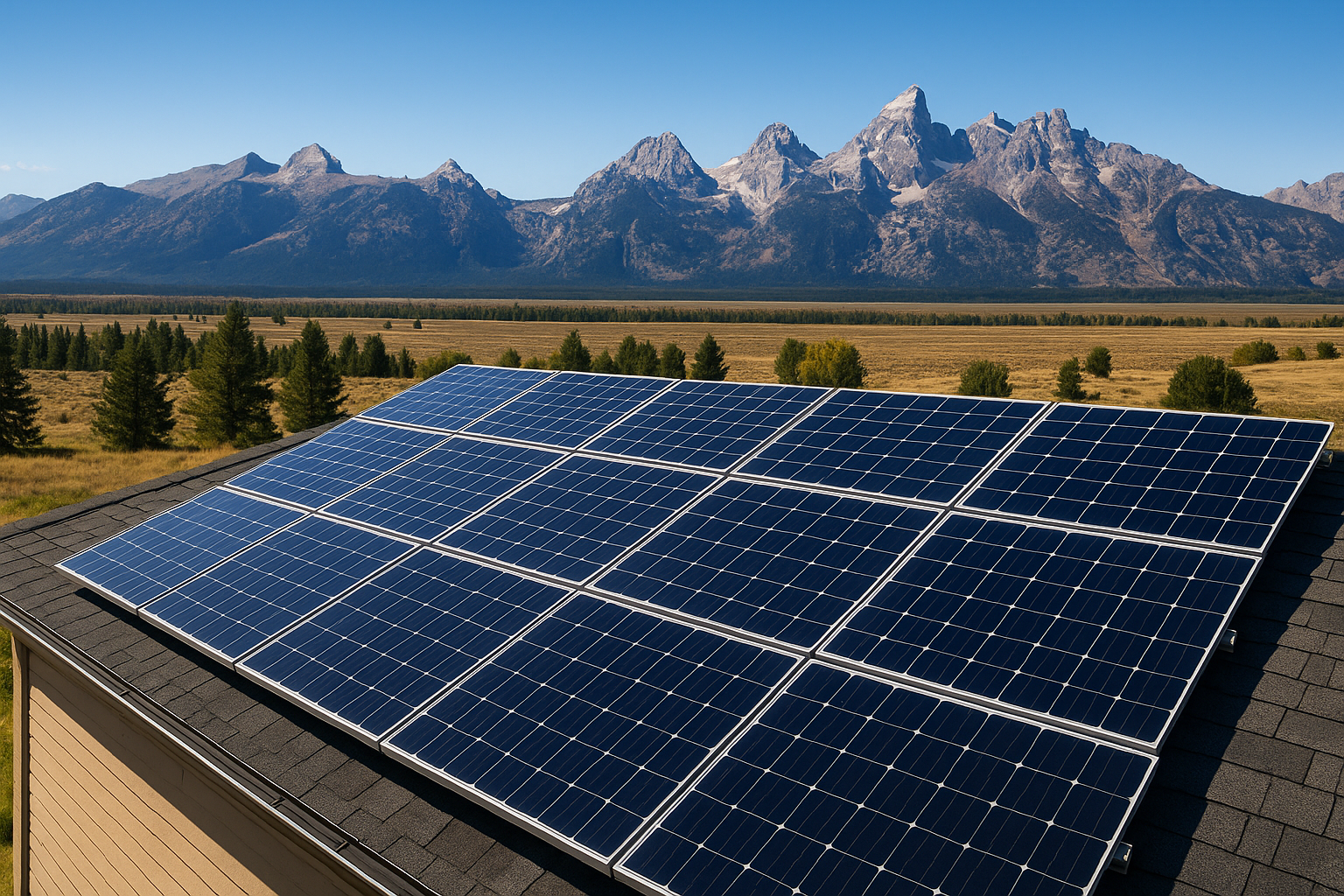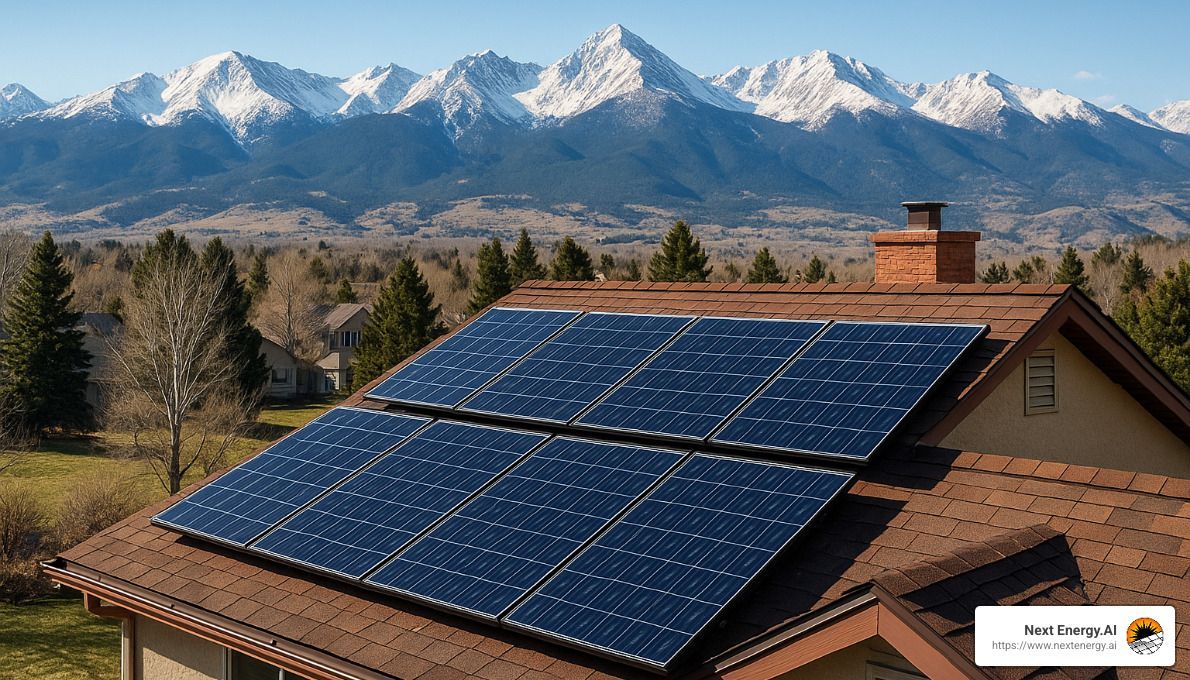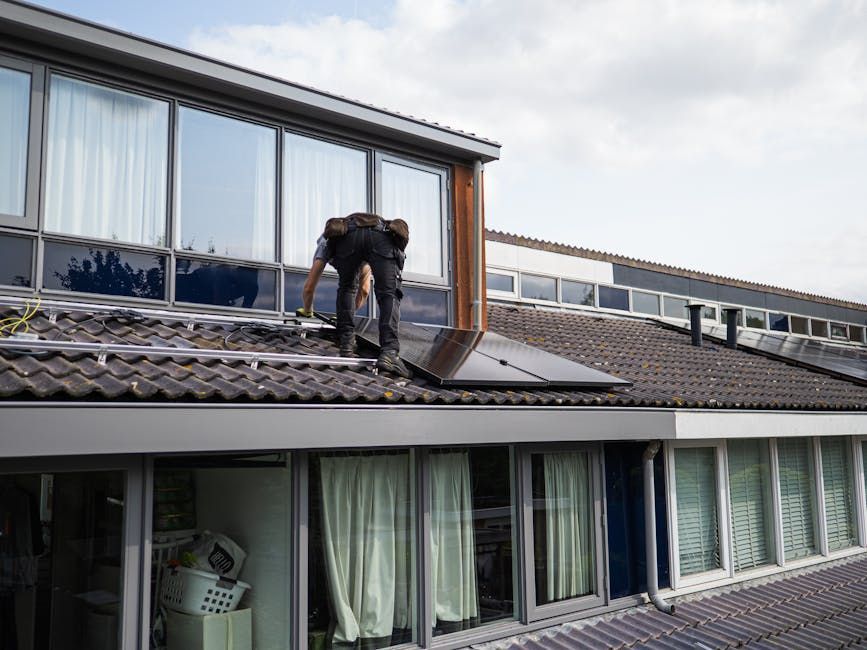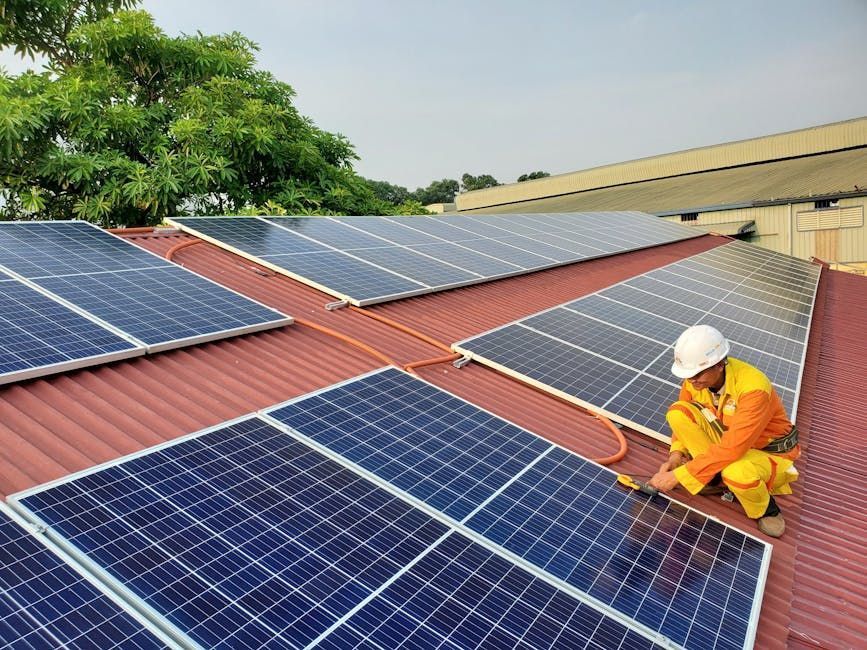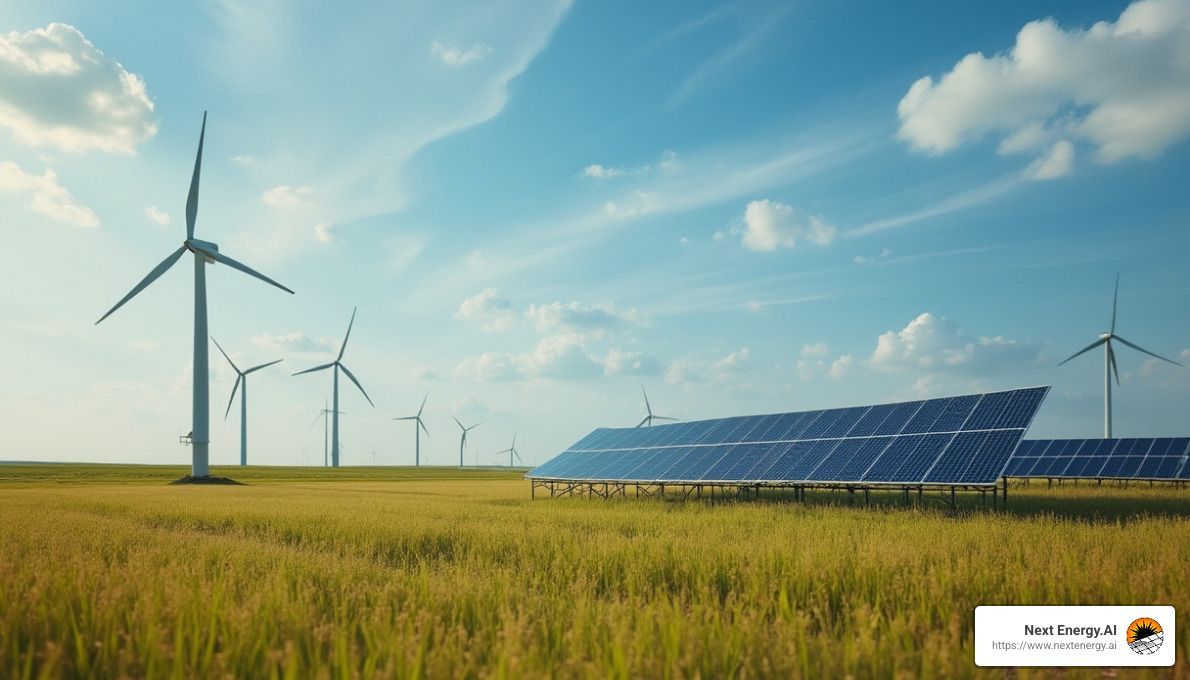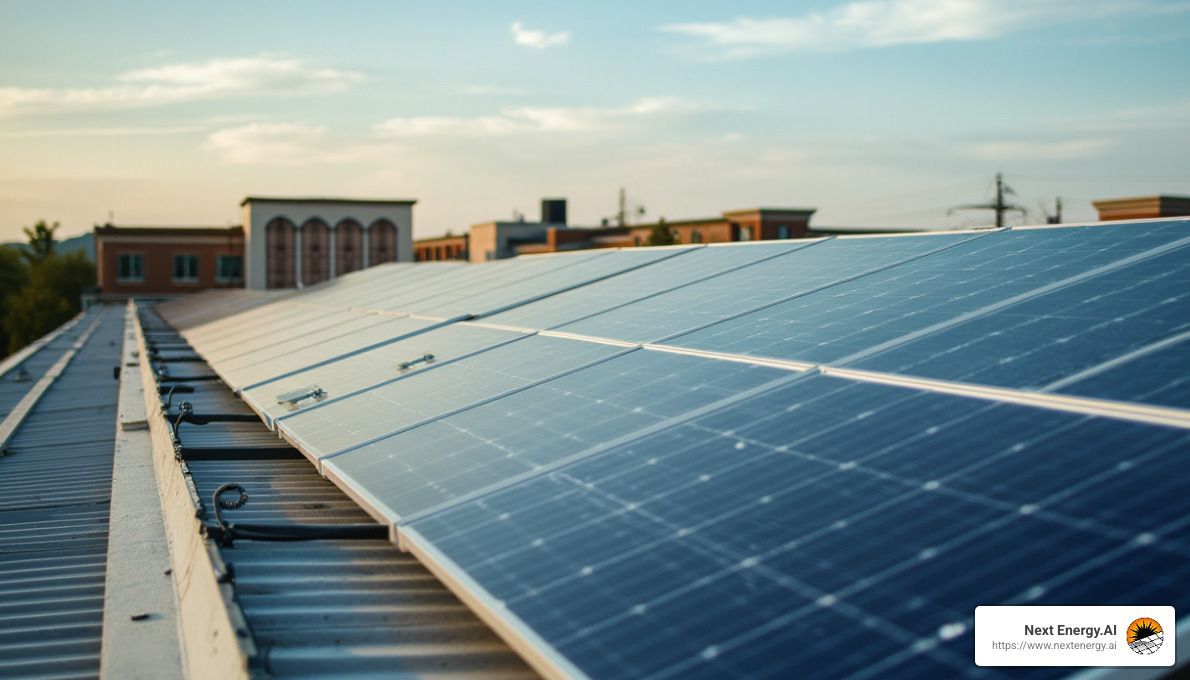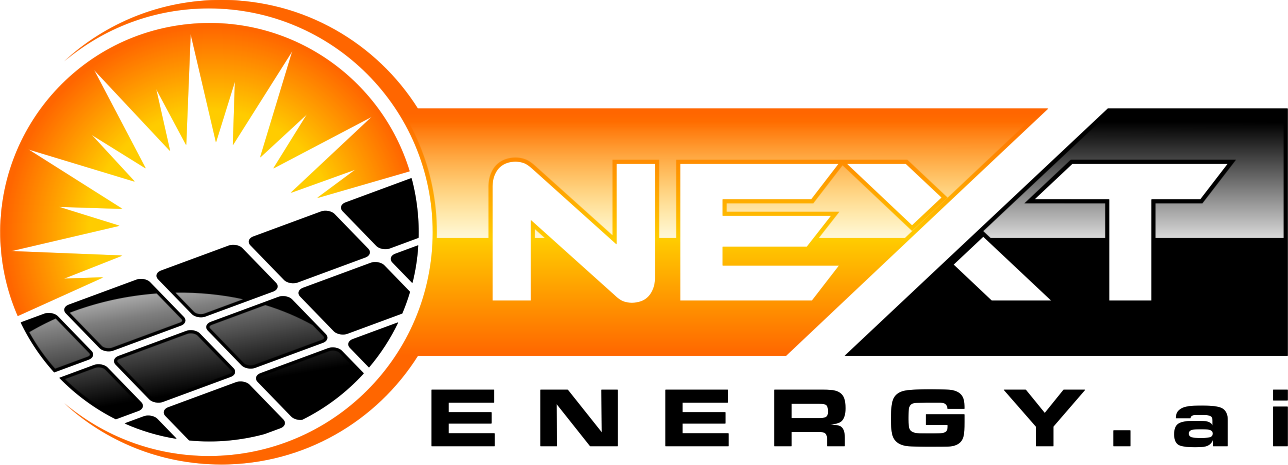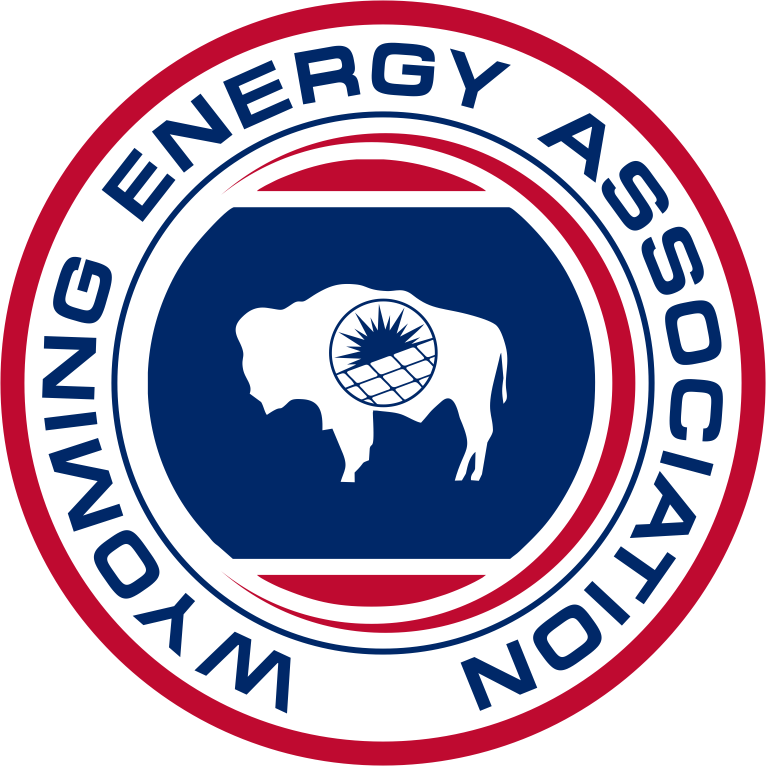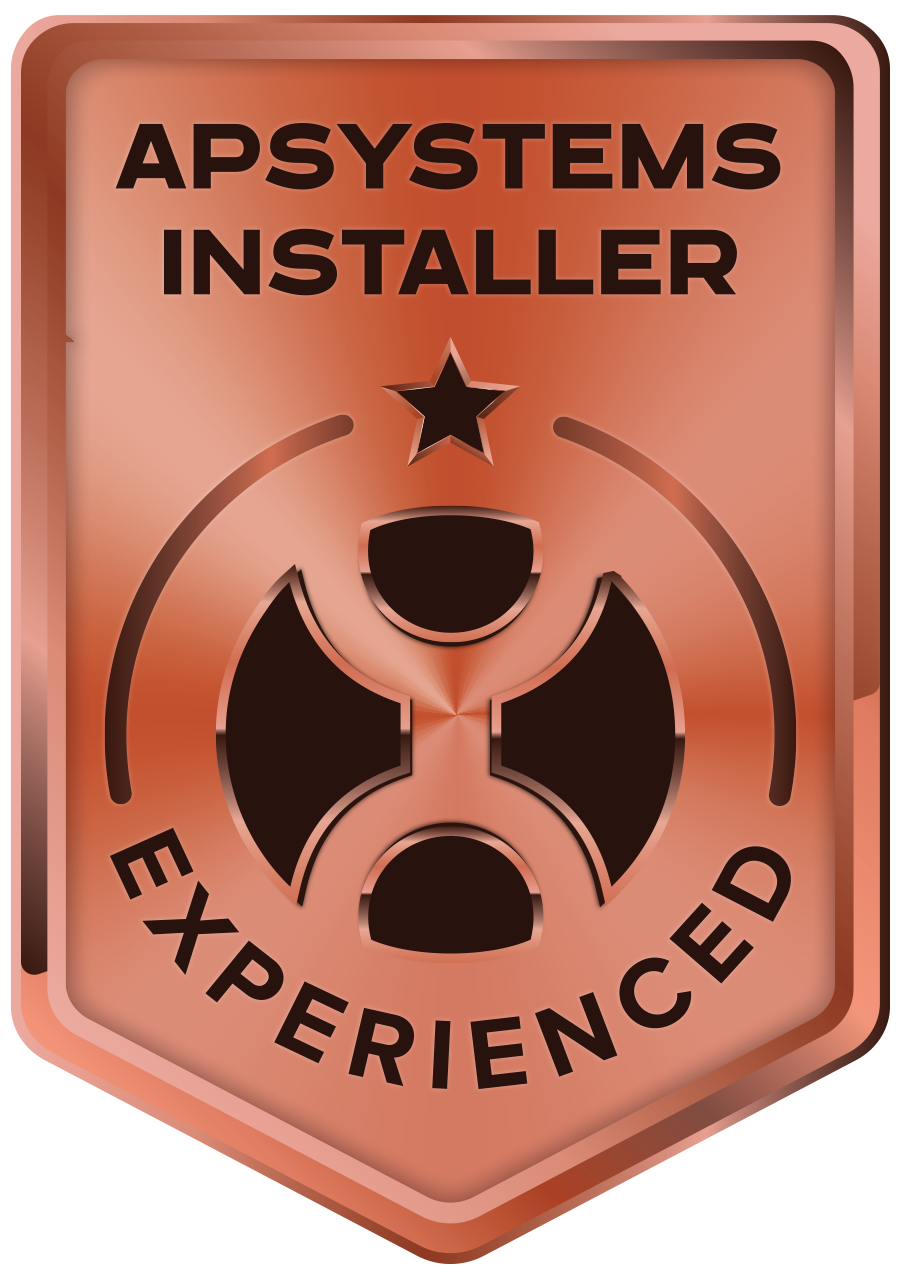Just Installed Solar? Find Out What Happens Next!
Just Installed Solar? Find Out What Happens Next!
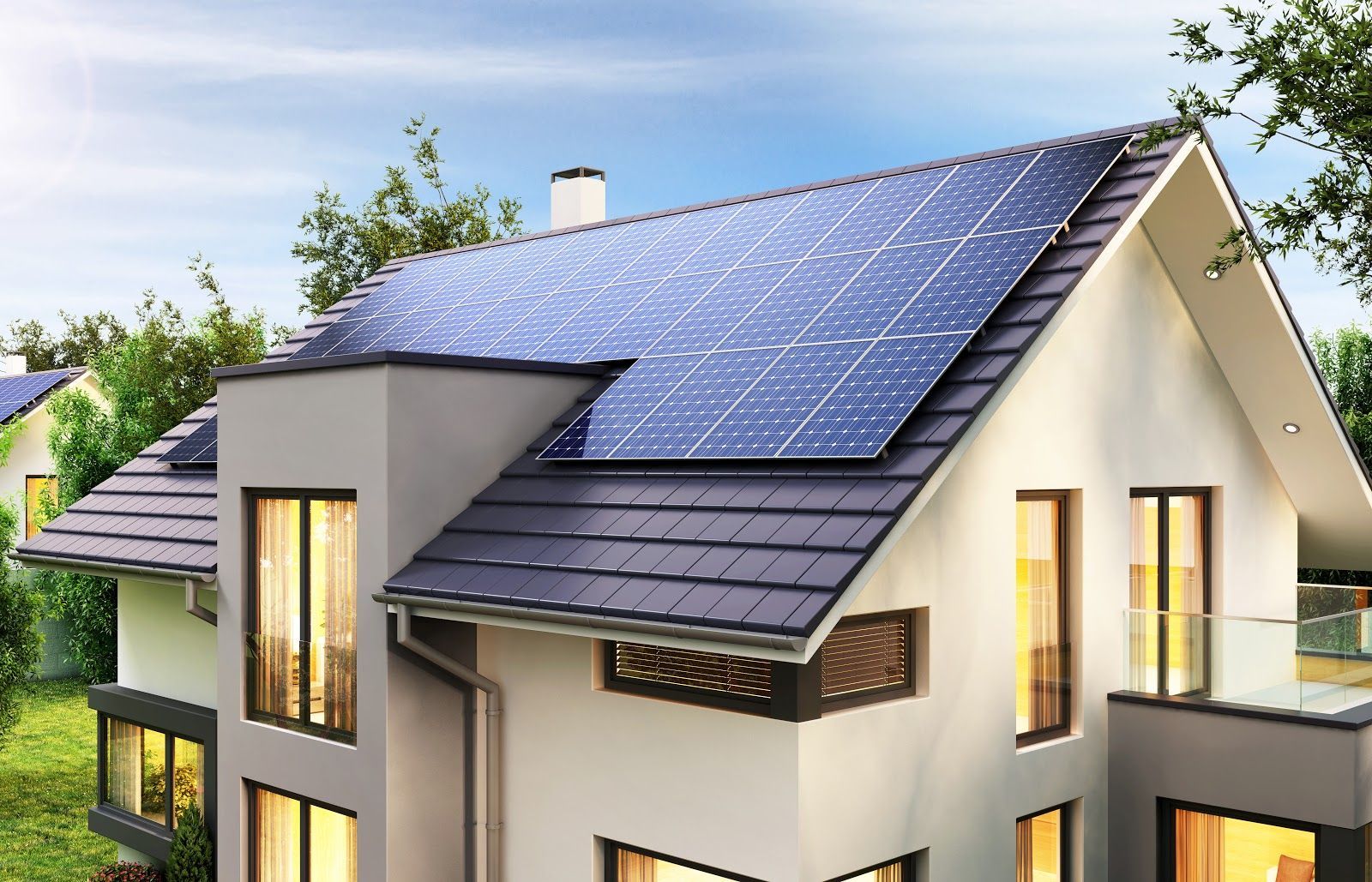
Congratulations! You've just taken a major step towards energy independence by installing solar panels on your property. But now that your solar system is in place, you might be wondering—what happens after getting solar installed?
From system activation to monitoring your energy production, there are several key steps to ensure your solar investment pays off. In this guide, we’ll walk you through the post-installation process and what you should expect in the coming weeks and months.
The Final Inspection and Utility Approval
Before your solar system starts generating electricity for your home, it must go through a final inspection and receive utility approval. This step ensures that your system meets local and
national electrical safety standards.
What to Expect from the Inspection
Once your solar panels are installed, a city or county inspector will visit your home to verify that the installation complies with regulations. They’ll check the mounting, wiring, and overall system to ensure everything is correctly installed.
In cities like
Cheyenne, Wyoming, inspections may also consider weather resilience, ensuring your panels can withstand the region’s heavy snowfall and strong winds.
Utility Connection and Permission to Operate (PTO)
After passing the inspection, your utility company will review the system and grant you Permission to Operate (PTO). This process can take a few weeks, depending on your provider. Once you receive PTO, you can officially turn on your solar panels and start generating clean energy.
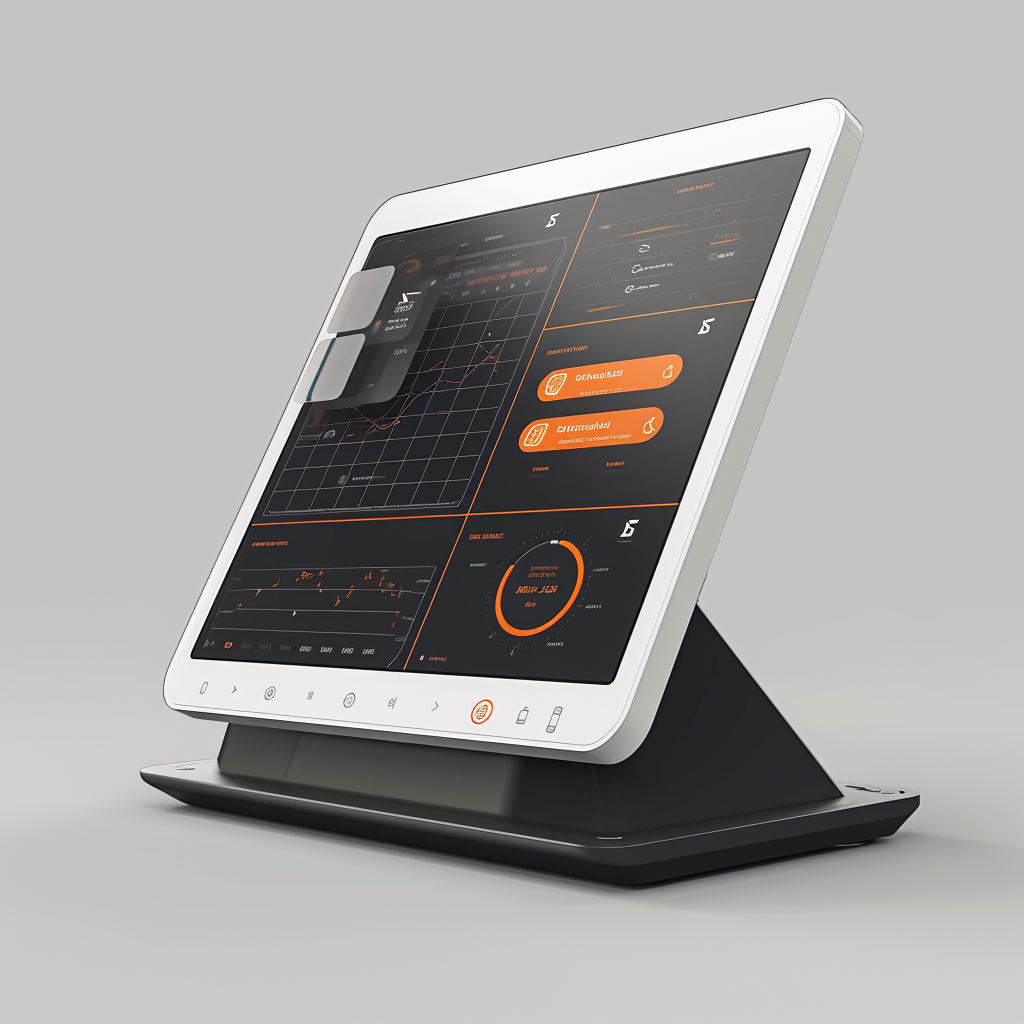
Monitoring Your Solar System
Now that your system is operational, it’s time to track its performance. Most modern solar systems come with a monitoring app that allows you to see real-time data on energy production and consumption.
Understanding Your Solar Production
Your monitoring system will show you how much energy your panels produce daily, weekly, and monthly. This data helps you optimize your energy usage, ensuring that you make the most of your solar power.
Detecting and Troubleshooting Issues
Monitoring also alerts you to potential issues like shading, dirt buildup, or system malfunctions. Regularly checking your system’s performance helps maintain efficiency and maximize savings.
How Solar Net Metering Works
If your solar system generates more electricity than you use, that excess energy is sent back to the grid. In return, you receive credits on your electricity bill—a process known as net metering.
Saving Money with Net Metering
Net metering ensures you
get the most out of your solar investment by lowering or even eliminating your electricity costs. In Cheyenne, Wyoming, utility companies offer net metering programs that allow homeowners to offset their energy costs during lower production months.
Billing and Energy Credits
Each month, you’ll see credits applied to your utility bill based on how much excess energy you send to the grid. These credits can be used to offset energy usage when your panels aren’t producing enough electricity, such as at night or during cloudy days.
Routine Maintenance and Cleaning
To keep your solar panels operating efficiently,
regular maintenance is essential. While solar panels require minimal upkeep, occasional cleaning and inspections can improve their longevity and performance.
When and How to Clean Your Panels
Dirt, dust, and snow accumulation can reduce solar panel efficiency. In areas like Cheyenne, where snow is common, it’s important to gently remove snow buildup to maintain energy production. Washing panels with water and a soft brush a few times a year can also help maximize efficiency.
Annual Inspections
Many solar providers recommend a professional inspection at least once a year to check for wear and tear. This ensures that your system continues to operate safely and efficiently.

Making the Most of Your Solar Investment
Beyond simply generating power, your solar system offers multiple benefits, from increasing home value to reducing your
carbon footprint.
Maximizing Energy Savings
To get the most savings,
consider adjusting your energy usage habits. Running high-energy appliances during peak solar production hours (typically midday) allows you to rely more on solar power and less on grid electricity.
Increasing Property Value
Studies show that homes with solar panels sell faster and at higher prices. If you’re in a growing city like Cheyenne, where homebuyers value energy efficiency, your solar installation can be a major selling point.
How Can Next Energy AI Help You?
At
Next Energy AI, we are committed to ensuring that your transition to solar is seamless and rewarding. From installation to post-setup support, our team is here to help you navigate everything that happens after getting solar installed. Whether you need assistance with monitoring, net metering, or system maintenance, we provide expert guidance to help you make the most of your solar investment.
If you’re in Cheyenne, Wyoming, and need reliable solar support, visit us at our office at 2401 South Greeley Highway, Cheyenne, Wyoming 82001, or give us a call at 307-400-6398. Our team is ready to assist you with all your solar energy needs!



